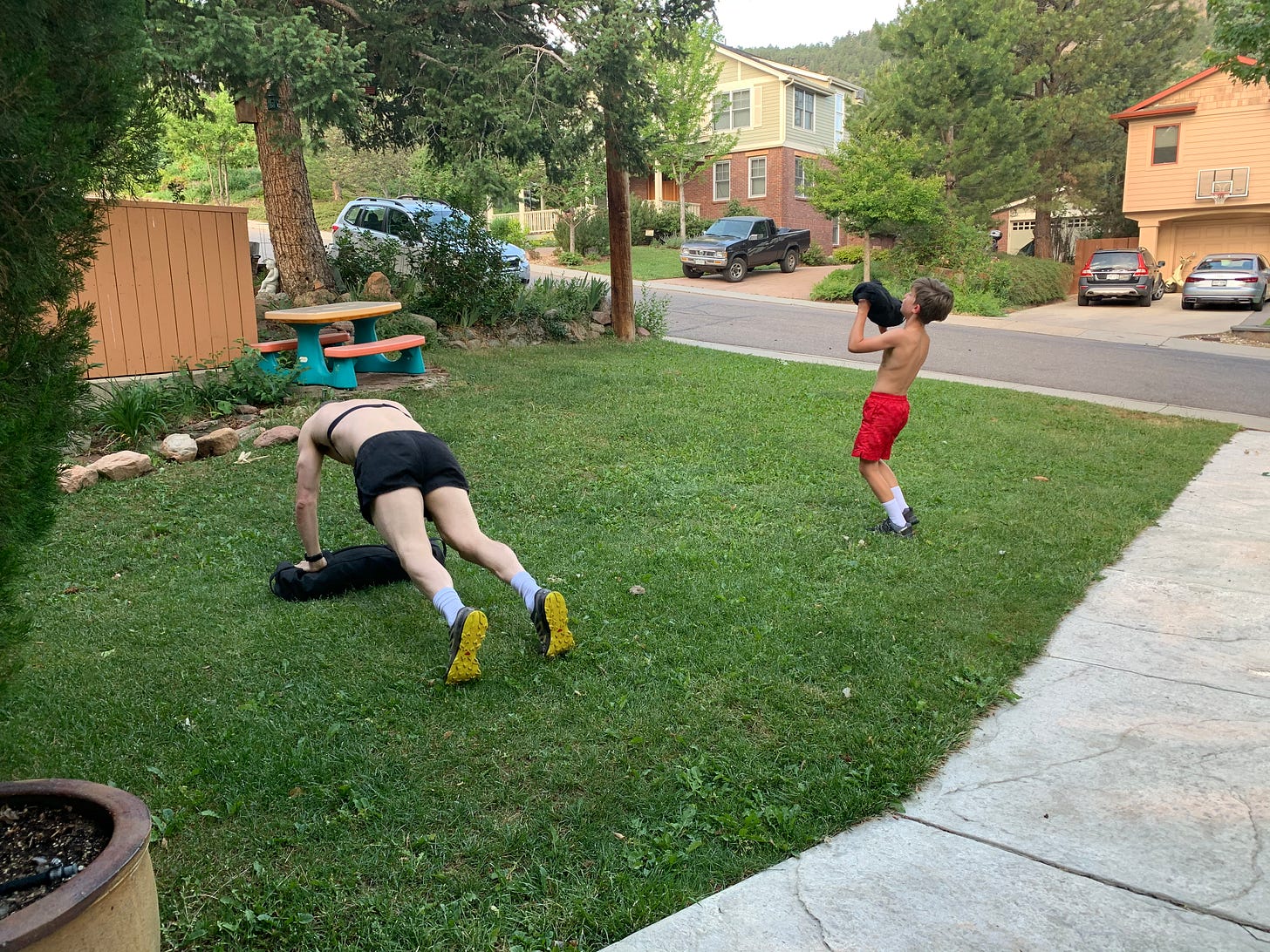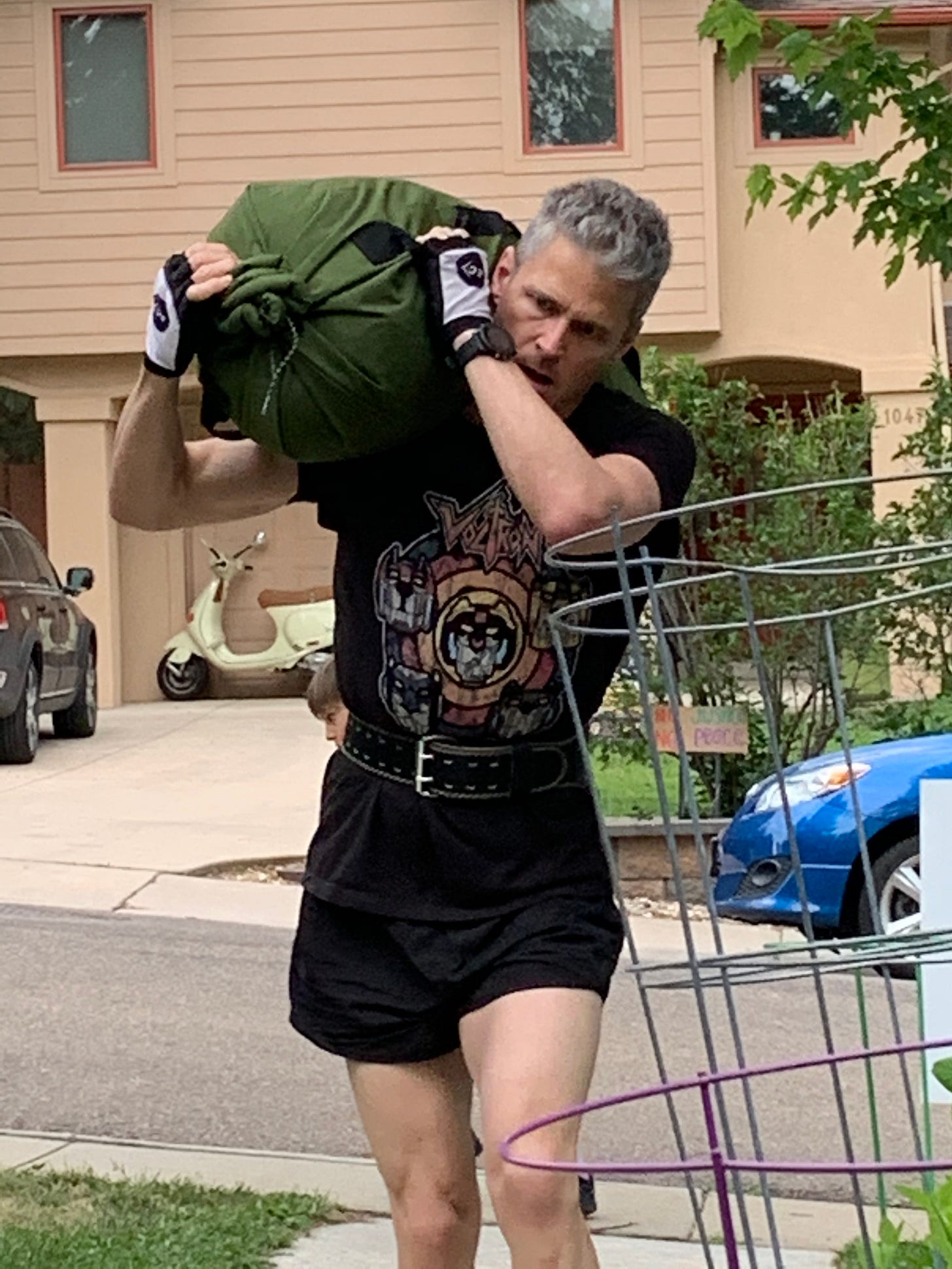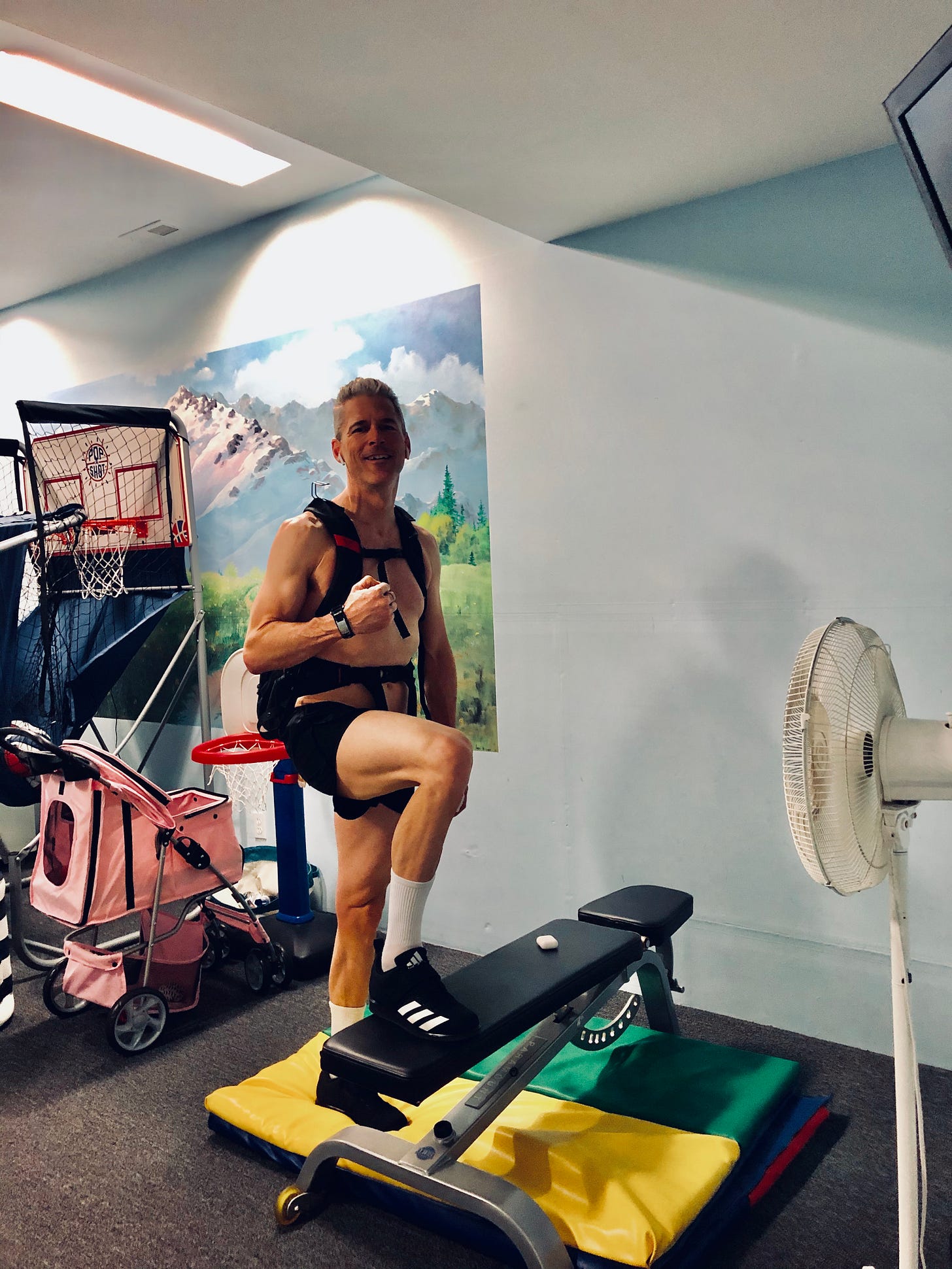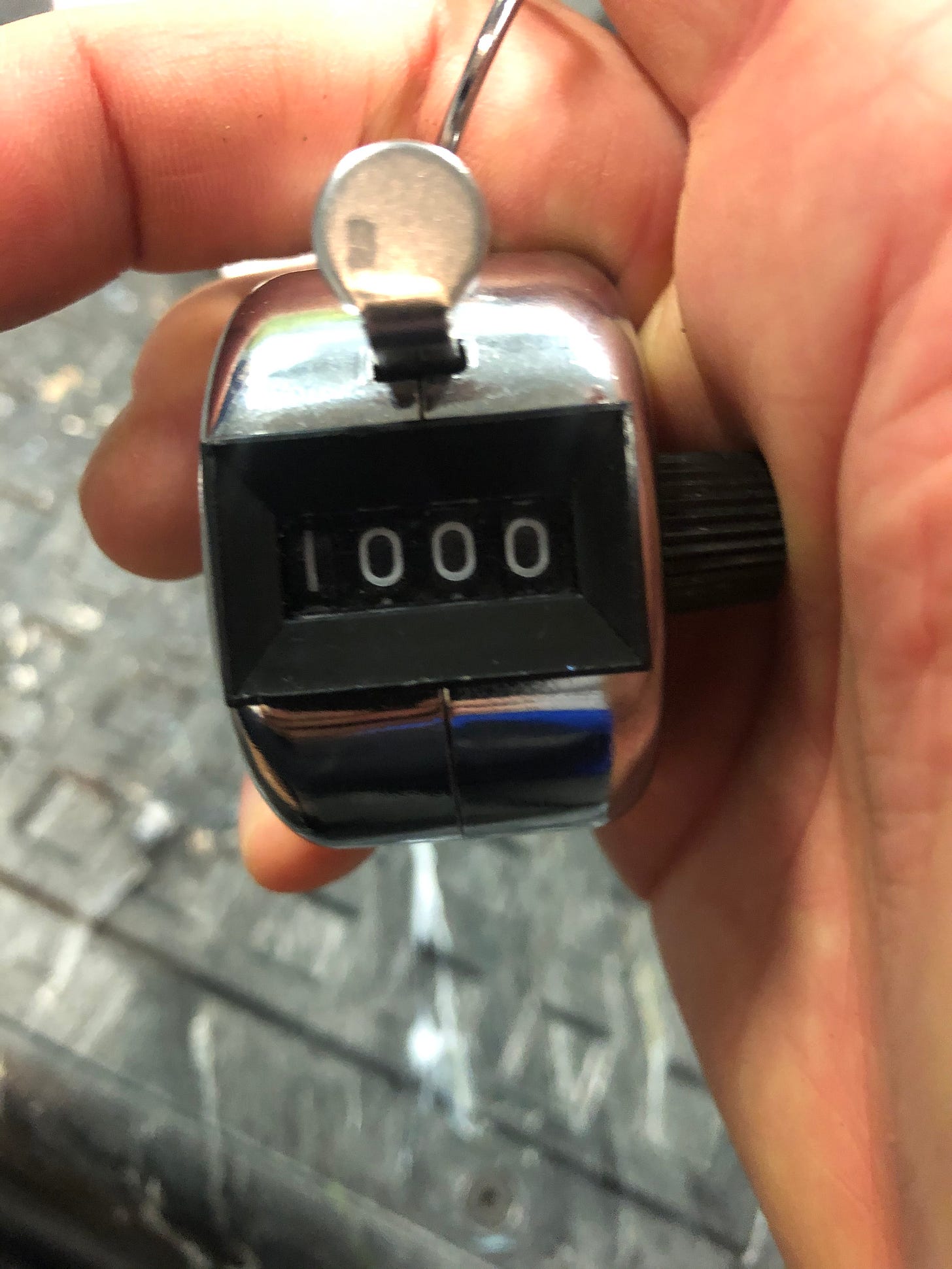John and I have taken you right the way through strength & resistance training. From in-sport options, to general conditioning and traditional strength training.
Today, I’m going to add modules that you can use for specific issues.
Knee Pain
Shoulder Pain
Limited Equipment
Single Leg Extensions - Front Of Knee Pain
My whole body does better when I’m relatively strong. This is particularly true with regard to my spine and joints. So our starting point with joint pain is asking,
How strong am I relative to my category?
If you are not relatively strong then a whole body strength program is recommended.
If, despite relative strength, you experience front of knee pain then consider increasing the workout frequency for your Leg Extensions.
Many athletes, myself included, have noticed relief from this protocol:
Single leg extension
Alternate sides
Slight external rotation at full extension
3x15 reps, per side
3x per week
Light to Moderate loads
If you are doing the lower body program (2x per week) then this only requires one additional trip to the gym.
Rotator Complex - Front Of Shoulder Pain
The next two sections make excellent (p)rehab exercises particularly if you’re pushing swim load.
Key to both sections…
Small Muscles, Small Loads
One round through each of the exercises you see in the video.
Start LIGHT - 2-5 pounds dumbbells
Keep your shoulder, and scapula, down and stable
Scapula Control - Front Of Shoulder Pain
There are two things I look for in an swimmer experiencing shoulder pain.
Are their shoulders “pulled” forward?
Do they have the ability to keep their scapula/shoulder “down” when they draw their thumb up the side of their body?
An in-water correction is to have the athlete change to:
Swing Recovery
Thumb Up Recovery
Pinky Enters First
The out-of-water correction is to perform the upper body exercises in Whole Body Strength in the two-stage manner outlined. These exercises will need to be done with light loads. We are training a movement pattern, and scapula control, not strength.
To avoid “shrugging” during the recovery phase, the athlete needs to learn how to move the scapula independently from the arm.
If the athlete’s shoulders are really locked up then it’s going to require a multifaceted approach (massage, mobility, in-water, dryland).
Crossbody/Core Development
Going somewhere without a gym? Get yourself a sandbag.
Tired of the same old workout? Use this protocol for a change of pace.
Here’s your circuit:
10 Sandbag Getups (alt by shoulder each rep)
5/5 Keg Lifts (5 facing one way, then five facing the other)1
10 Sandbag Hinge Lifts (or Clean & Press for Advanced Athletes)
Between each round of the circuit do 20-50 Step Ups.
Repeat the circuit 2-4x.
The most important part of the Step Up is the “down.” The lowering action provides a useful stress. You can use a small pack if you want to increase the difficulty. See the link for specific tips. This is mean to be a controlled movement, not a plyometric skip.
The sandbag options are endless (slide down this page). Mountain Tactical’s Sandbag Complex gives you an idea.

The getup and the keg lifts are movement patterns rarely done by endurance athletes. Inserting the above circuit 2-3x per month across your late-Fall to early-Spring will improve core/crossbody strength.
Advanced athletes can consider using a three-workout rotation:
Whole Body
Crossbody/Core
Whole Body
These can be scheduled the rotation on days 1-3-5 of their microcycle. Masters, and less experienced, athletes are likely to find they need to schedule across 7-10 days.
Swim Cords
I’d rather have you in the water.
If that’s not an option then Chris Hauth has ideas for you.
I prefer the cords with paddles, I like to maintain alignment between fingers/wrist/elbow.
Back to the Strength Section
Back to Table of Contents
Keg Lift: In the video, Rob’s got the box at shoulder height (!). A little over waist height will be sufficient for our purposes. I use gloves so the skin doesn’t get ripped off my knuckles.






